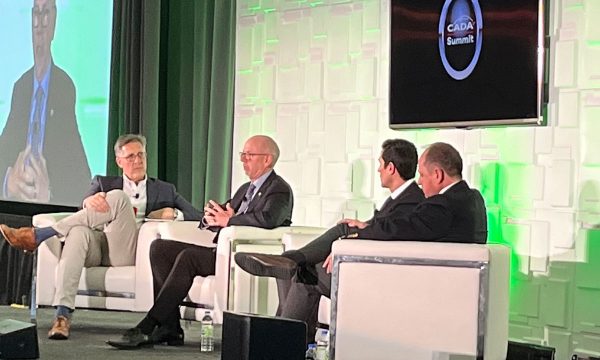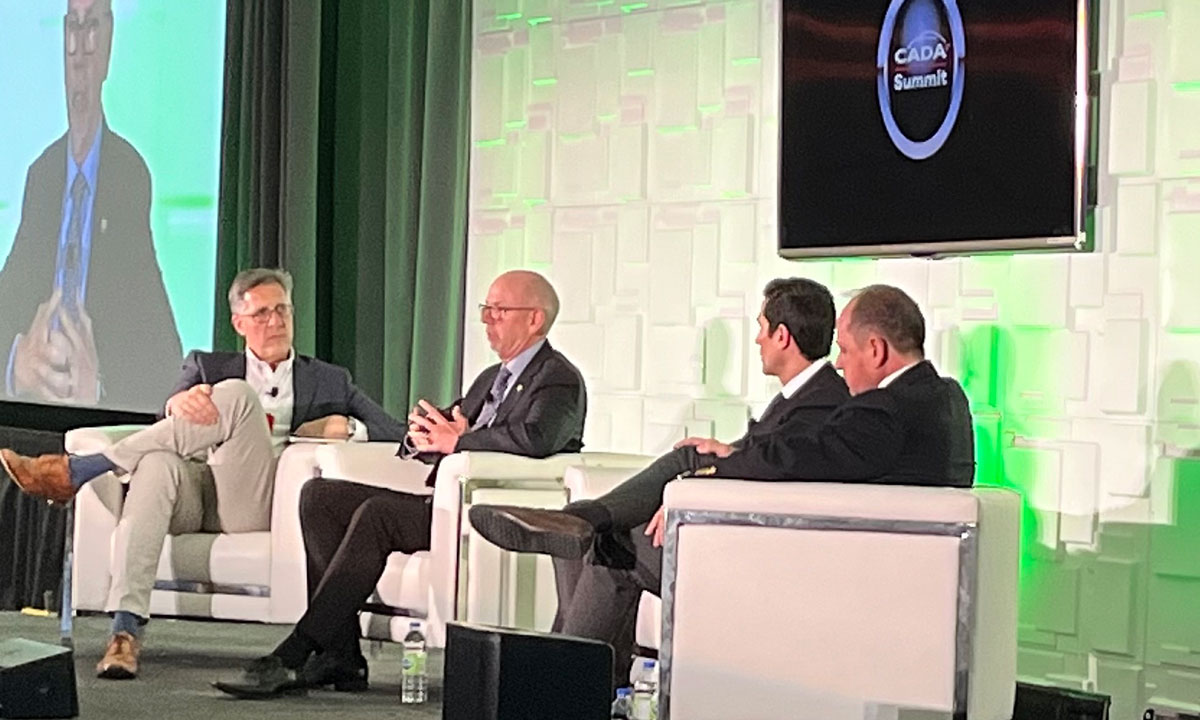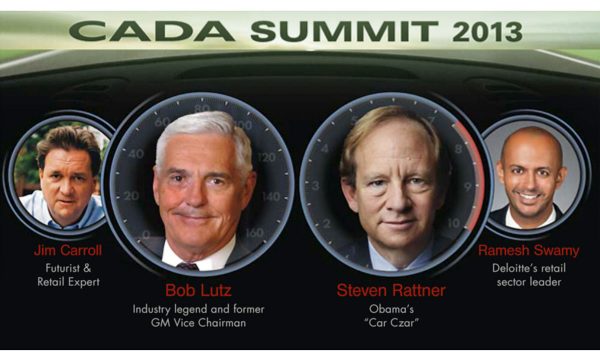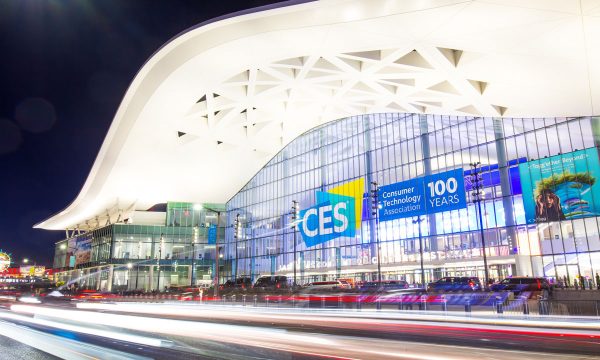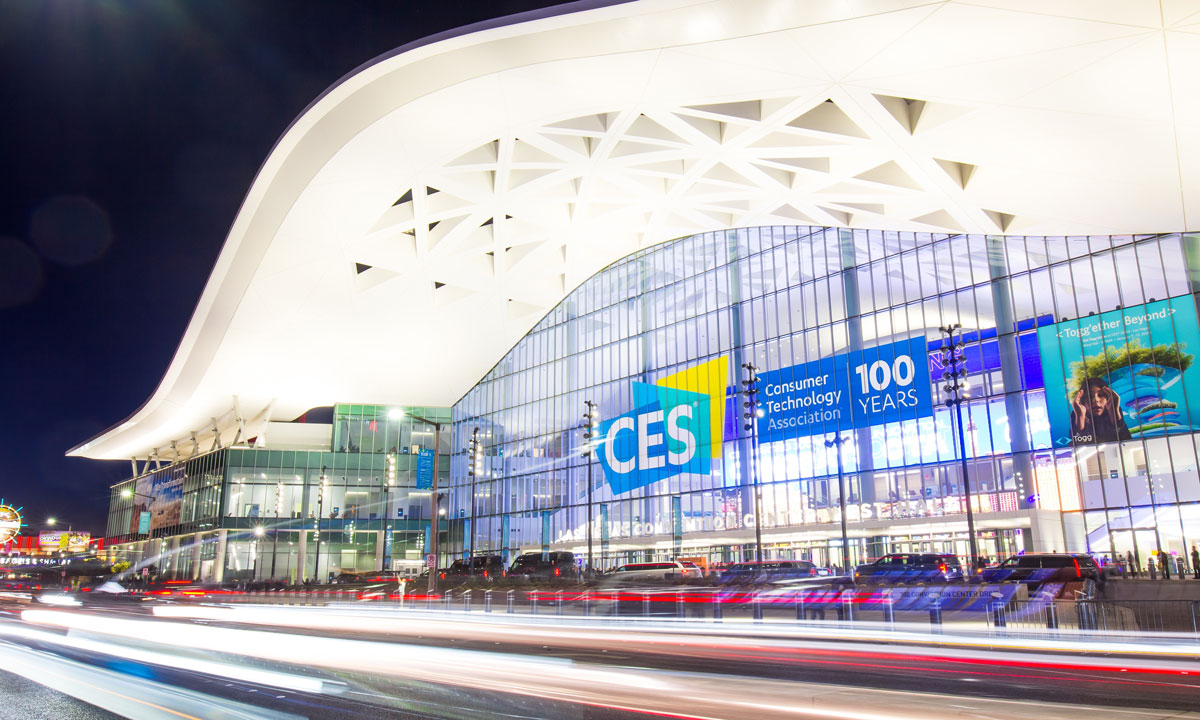A few weeks back I delivered a presentation to the Automobile Dealers Association of Newfoundland and Labrador. I was part of the agenda for their annual meeting, and it was a pleasure to be back on the Rock speaking to Marian Templeton and the Dealer and Associate members of the ADANL.
For the presentation I was asked to share what I believed the industry would be facing five years from now. Frankly, that’s a fun assignment.
So that’s what I did. I shared what I believe are key things that will disproportionately impact where we’ll be in five years. I thought I’d share them with you as well.
So in no particular order, here we go:
1. AI is being integrated into everything we do
You won’t be put out of a job by AI. You will be put out of a job by a competitor who uses it better than you. Do not underestimate the importance of this.
Anecdotally, I’m amazed at how many people I meet in this business who don’t have AI on their radar, how many haven’t tried tools like ChatGPT or Mid-Journey to get a taste for themselves just what all the fuss is about. Try them. Read a lot, listen and learn. This is a big deal.
Some automotive impacts of AI?
- Measuring sentiment;
- Using predictive analytics: Power your marketing and link to inventory;
- More accurate information;
- More consumer relevance as a pathway to building trust; and
- Consumer expectations will rise across all sectors.
That doesn’t even scratch the surface.
2. De-globalization continues
The reversal of the globalization trend that dominated the past many decades is just picking up steam. This will be in full bore five years from now.
Here are just a few implications:
- Supply chain impacts: Nearshoring takes time and lots of capital;
- Reduced innovation: Consuming capital that could have been driving innovation;
- Inflation: globalization made things cheaper. Reversing it risks making things more expensive for a sustained period;
- Lower economic growth: Reduced access to foreign markets;
- Geopolitical risk: Warren Buffet and Taiwan, as an example;
- New winners and losers: Is Canada really prepared to compete? Consider the current Windsor spat over support for the Stellantis battery plant, and how publicly messy that was. I can only imagine what it was like behind the curtain.
3. Canada’s population continues to grow. Quickly.
Canada has the fastest growing population of any G7 nation, and one of the fastest growing of any country in the world. Our immigration targets are high and intended to combat an ageing population that isn’t replacing itself.
This is a valid and important strategic choice, and one I fully support. But if we’re going to add more than half a million people a year, who will not be spread evenly across the country, we better be ready for the consequences.
This will create tremendous pressures on housing costs and availability, transportation and infrastructure, and service levels across the economy. Not to mention creating suitable employment and expedited pathways to getting peoples’ skills to work in their chosen fields.
4. Our population continues to age
Notwithstanding the immigration piece mentioned above, by 2030 (the year when the youngest baby boomers turn 65 years), the proportion of the total population aged 65 will be over 20 per cent, and may be approaching a quarter of the Canadian population.
Here are just some of the potential impacts:
- Young, computer-literate workers will continue to be in very high demand, and will be demanding;
- Figuring out ways to engage (or re-engage) older workers will be key;
- Connecting your businesses to pools of new immigrants will bring competitive advantage.
5. We’re headed for an affordability crunch
Housing is having a very hard time catching up with demand fueled by population growth and foreign ownership, which means the correction that we might expect given how overheated Canada’s house prices are may not happen in the way we would expect. And there are plenty of Canadians who will be facing a significant increase in their monthly mortgage payments over the next three years and living with those increases far beyond that.
Vehicles are expensive, and OEMs will be hard pressed to address affordability given their investments in new technology and the cost of running both ICE and EV businesses concurrently as we transition.
Giving consumers tools to help them navigate these affordability challenges will be central to business success.
6. Software and data integration
We work in an industry that works with an incredibly complex and fragmented data environment. Consider a single customer record. You likely have more than one in your own business, with some customer data living in your DMS, some other info living in some of the other tools you use. Your vendors may be creating and updating customer records in their environments that are not reading and writing back to your system, so now your customer exists in more than one place.
And your OEMs have their own data and sources that are not fully integrated into yours.
This is a monumental task to fix, and I can assure you that you’ll still be wrestling with it five years from now. Truly fixing this is complex, expensive and time consuming.
The payoff: truly knowing your customers, creating a customer experience that can rival what consumers get from Amazon and others, and building a platform for OTA revenue.
One last thing I’d love to share. It’s hard to stay on top of change, and to put it all into perspective.
I recommend you listen to this:
And read this:
See you next time.







